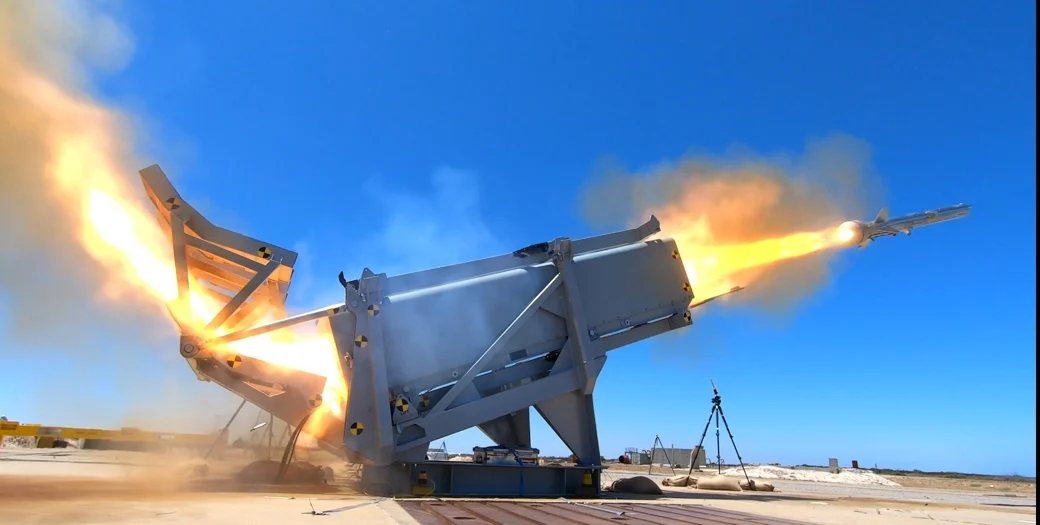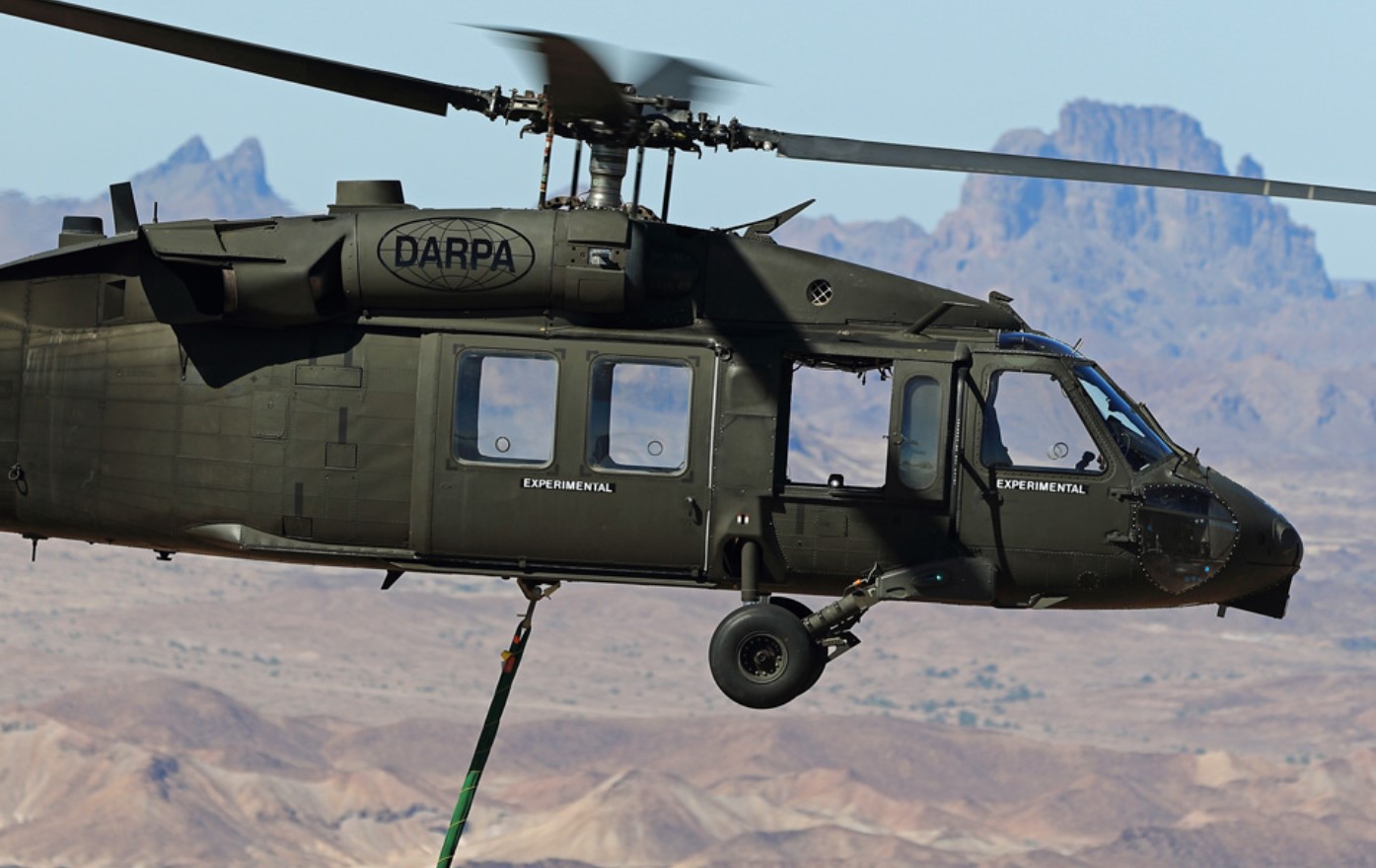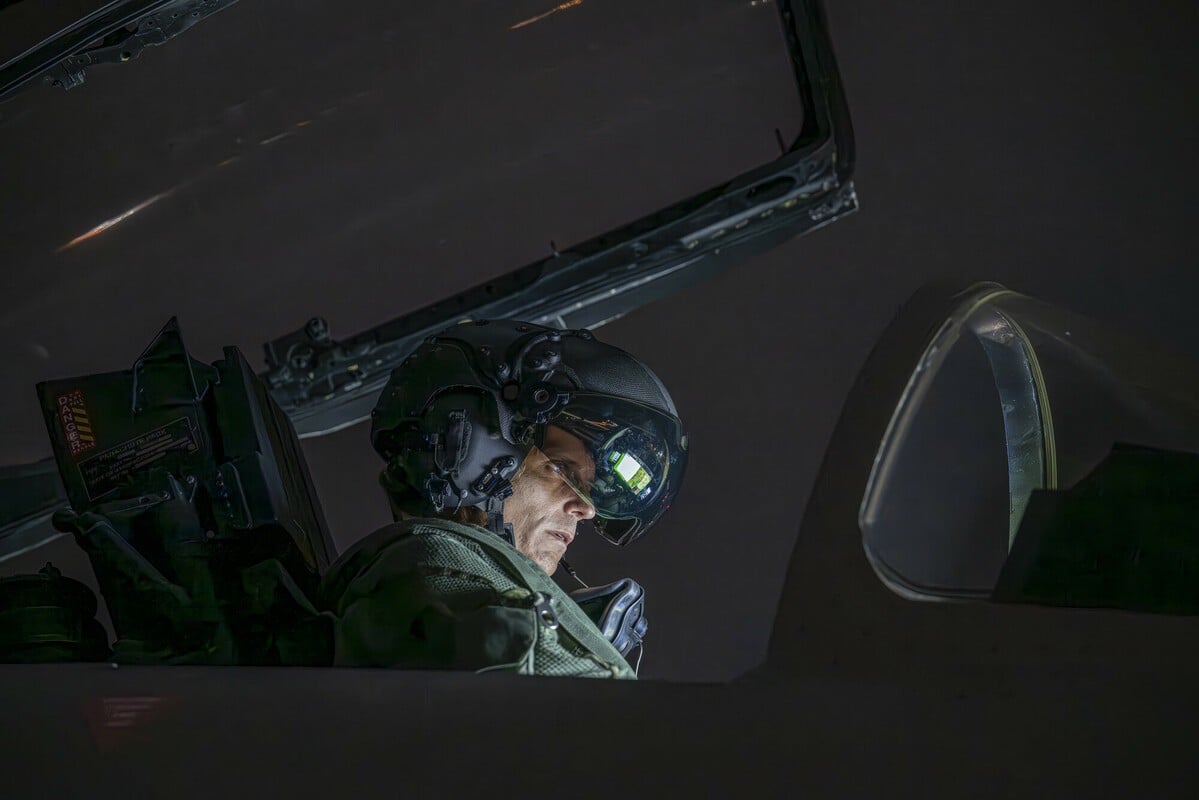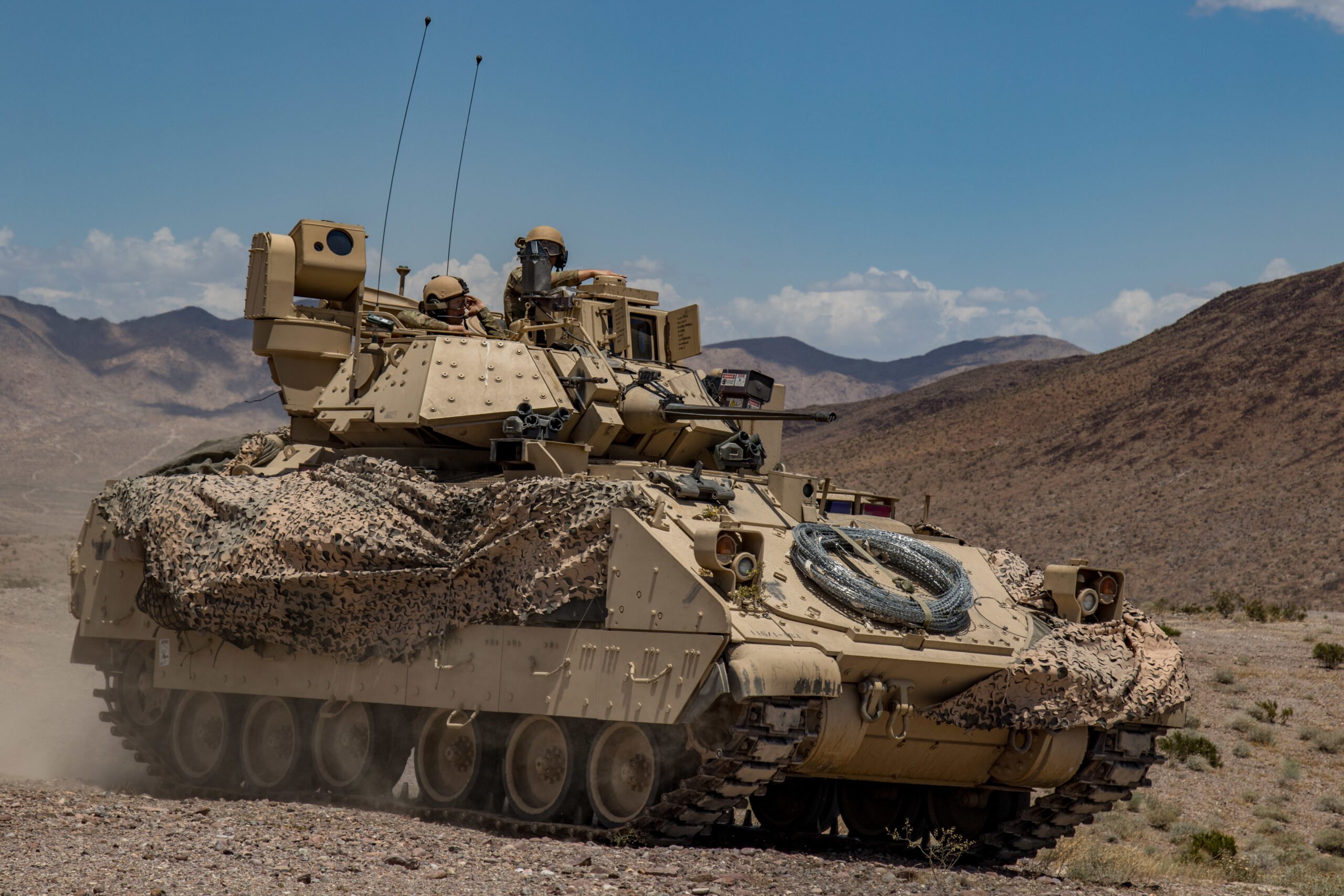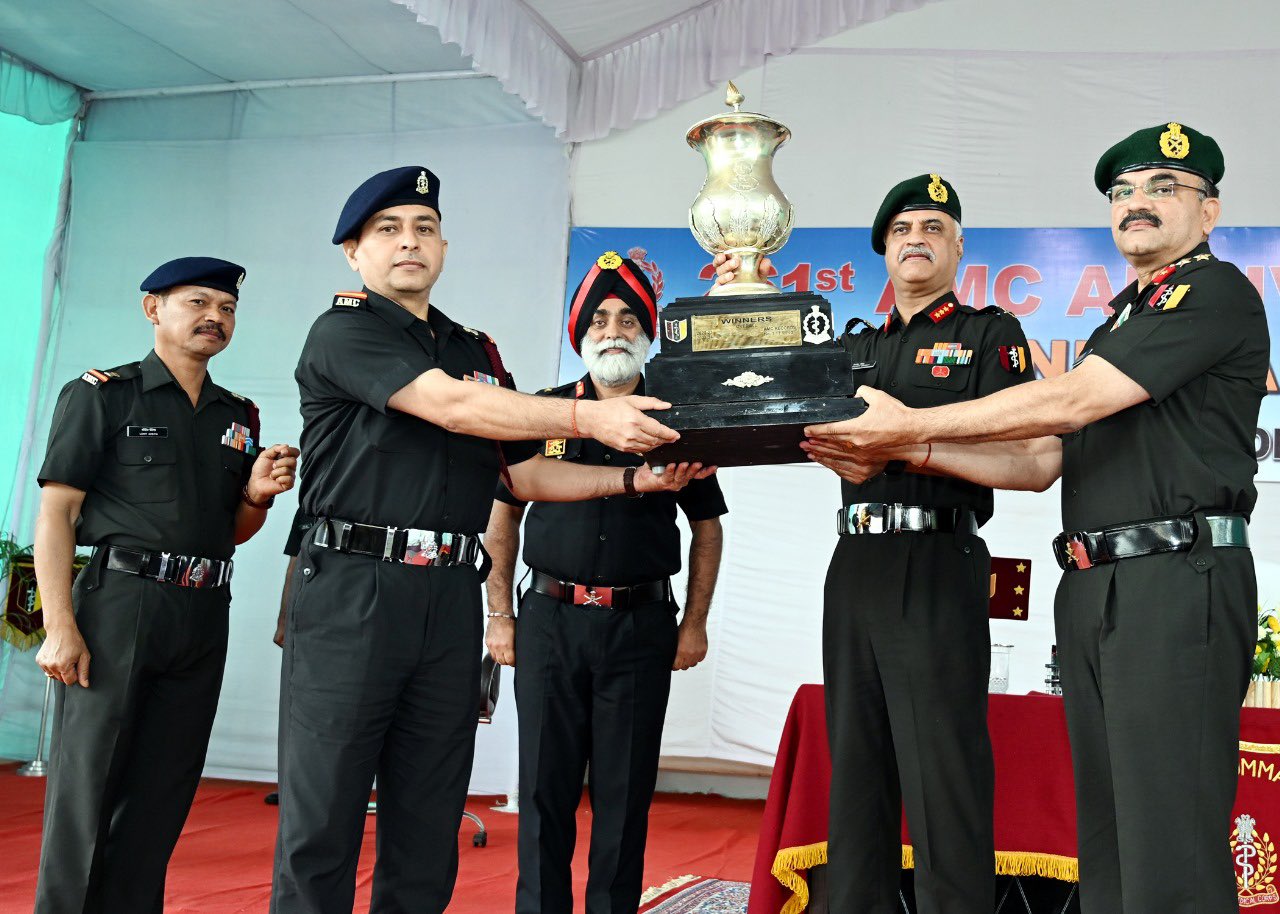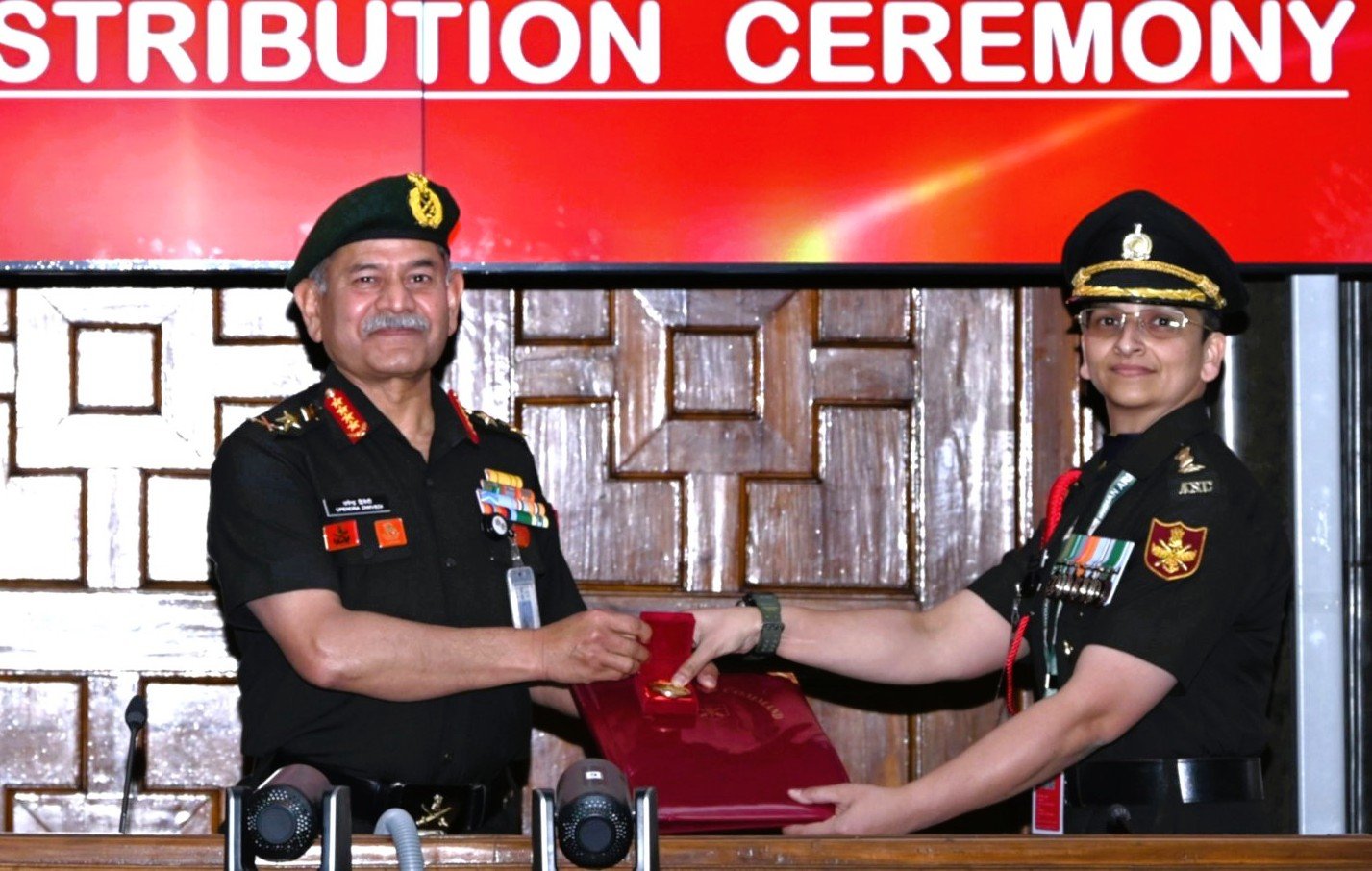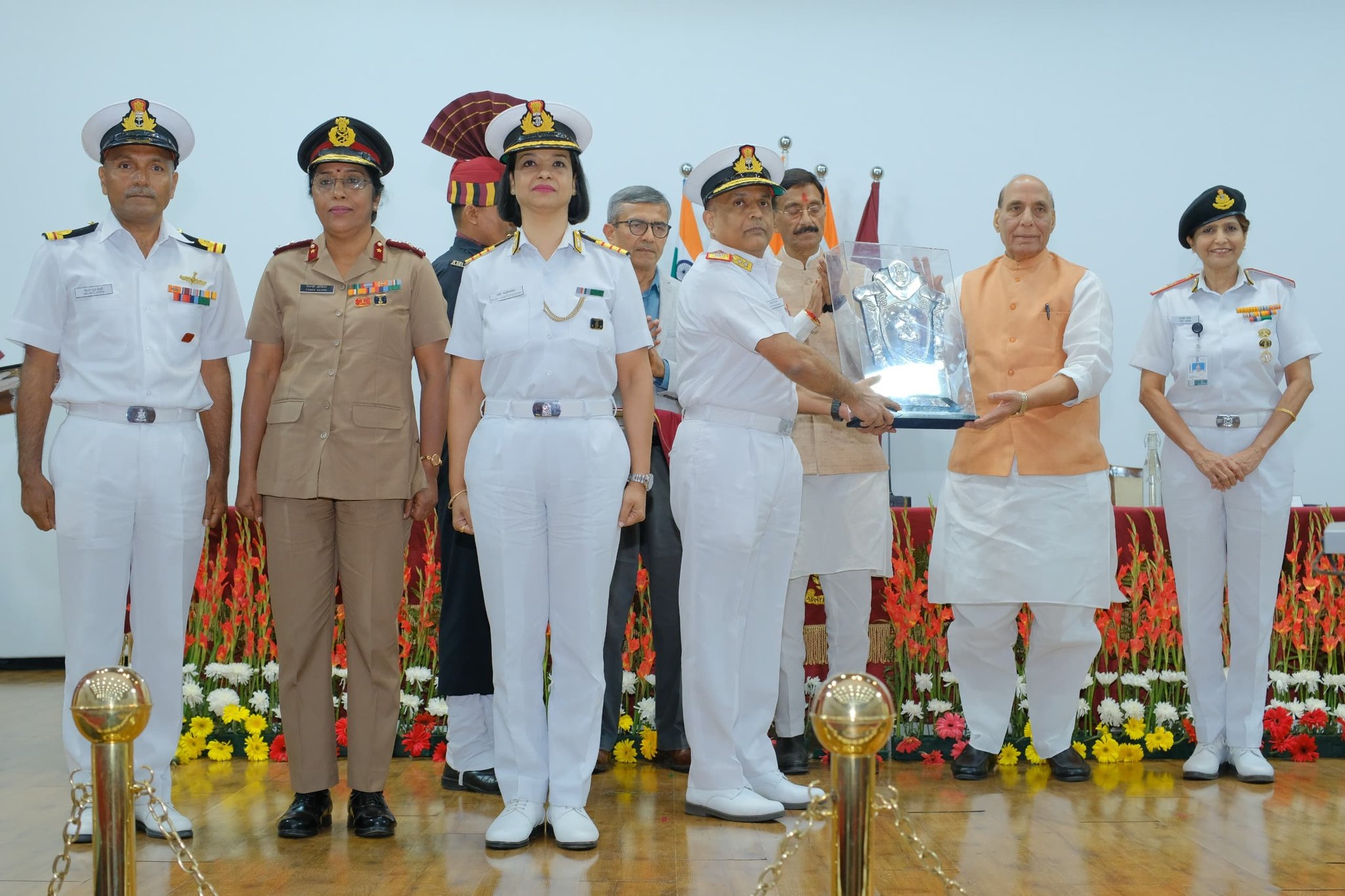The UK military has taken a significant step forward in modernizing its capabilities with the receipt of its first batch of 3D-printed components, as announced by manufacturer Babcock. This delivery includes vital components for various military systems, specifically the L118 Light Gun, the 4.5-inch gun that is integral to the Type 23 frigate, and the torpedo launch systems designed for the UK’s advanced Astute and Dreadnought-class submarines.
Kate Robinson, Managing Director of Through Life Equipment Support at Babcock, emphasized the importance of this delivery, referring to it as a “significant milestone” for the UK military. Robinson highlighted that reaching this point allows the organization to enhance material availability across the defense sector, which is critical for operational readiness.
Charlotte Robinson, who leads initiatives within the UK Strategic Command Defence Support Innovation, echoed these sentiments. She acknowledged the collaborative efforts with other Project TAMPA suppliers and the DE&S Delivery Teams, stating that Babcock’s advancements in Additive Manufacturing demonstrate the potential for these technologies to significantly improve the availability of essential defense parts.
The UK government awarded the contract for Project TAMPA in April 2023, enlisting Babcock alongside other companies such as NP Aerospace, RBSL, Thales, and AMFG. This initiative aims to bolster the UK’s proficiency in additive manufacturing techniques and 3D printing, focusing on accelerating the replacement of outdated components.
By harnessing additive manufacturing technologies, the UK also aims to decrease the maintenance and production costs associated with critical assets, particularly within the British Army’s armored vehicle fleet, which includes the Titan and Trojan platforms. Babcock reports that using these advanced manufacturing methods allows the production of specific parts, such as those for periscopes, which may be obsolete or needed in limited quantities, to be completed in a matter of days instead of the traditional months.
To achieve these advancements, Babcock employs both powder bed fusion and wire arc additive manufacturing processes to create metallic components. These processes are tailored to meet the diverse material and geometric requirements of the UK’s military fleets, marking a pivotal advancement in the country’s defense manufacturing capabilities.




